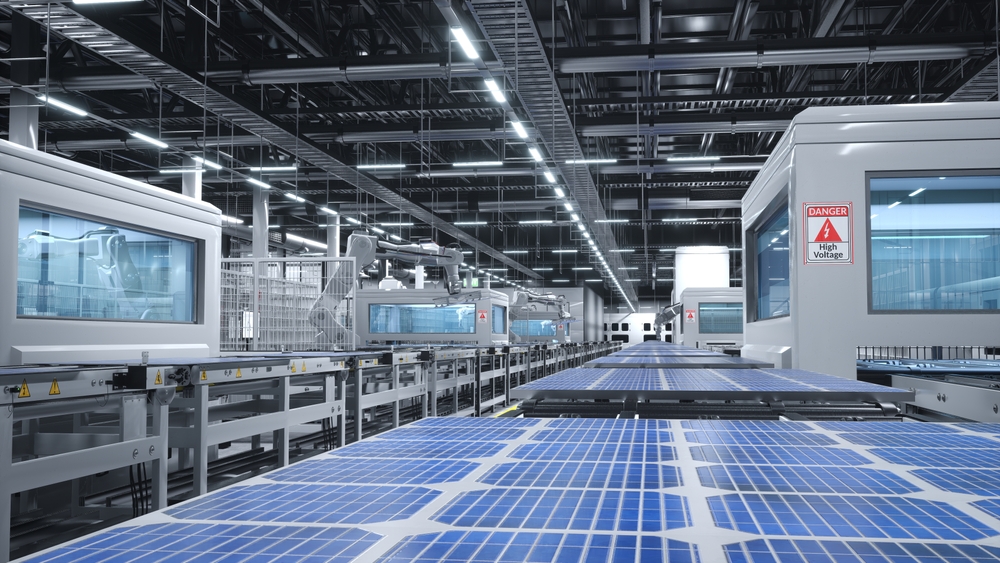China’s largest solar companies lost nearly a third of their workforce last year. Company reports show that Longi Green Energy, Trina Solar, Jinko Solar, JA Solar, and Tongwei together cut around 87,000 jobs. That corresponds to an average of 31 percent of their employees. The industry, which Beijing once specifically promoted as a growth engine, is in deep crisis. Overcapacity, falling prices, high losses, and relentless competition are exacerbating the situation.(reuters: 04.08.25).
Price declines and overcapacity put pressure on companies
Global production of solar modules is now twice as high as demand. The majority comes from Chinese factories. Analysts report that job losses have been caused not only by layoffs, but also by falling wages and working hours. The background to this is massive losses caused by falling prices and ruinous competition. One expert describes the situation dramatically: “The industry has been struggling with a downturn since the end of 2023. The situation worsened in 2024. In 2025, it looks even bleaker.”

Since the beginning of 2024, more than 40 solar companies have filed for bankruptcy, withdrawn from the market, or been taken over. Between 2020 and 2023, manufacturers rapidly built new factories as the government redirected capital from the faltering real estate sector to future-oriented industries such as solar technology, electric cars, and batteries.
Price war intensified by US trade barriers
The rapid expansion led to massive overproduction and falling prices. Added to this were US tariffs on products from Chinese factories in Southeast Asia. The result: a brutal price war and losses of around US$60 billion last year. Industry experts see this as one of the biggest crises since the boom began.
It is unclear whether job losses will continue this year. However, Beijing is sending increasingly strong signals that it wants to reduce production capacity. In July, polysilicon prices rose by almost 70 percent, while module prices rose only slightly.
Government intervention in preparation
The major polysilicon producer GCL stated that leading manufacturers were planning to establish a type of OPEC structure to control prices and supply. In addition, a fund of over 50 billion yuan would be created to purchase and shut down one-third of inferior production capacities. At the beginning of July, President Xi Jinping called for an end to “disorderly price competition.” A few days later, the Ministry of Industry announced plans to curb price wars and shut down outdated production lines.
A source with direct insight reported that the government intends to prioritize the issue before the end of the current five-year plan this year. In Anhui province, officials called on companies in June not to build new manufacturing facilities and to shut down lines operating at less than 30 percent capacity due to the current overcapacity.
Provinces hesitate to take tough measures
Despite these instructions, many provincial governments are exercising restraint. Those responsible are measured by economic growth and jobs, so there is often a lack of willingness to sacrifice local flagship companies. A board member of a solar manufacturer explained that, since this year, new capacity can only be created with the verbal approval of the powerful national planning authority, the NDRC.
Trina Solar’s chairman confirmed at an industry conference in June that new projects have been launched despite the NDRC’s call for a halt in February. This delay shows the extent of the necessary cuts. One analyst estimates that 20 to 30 percent of production capacity would have to disappear in order to return to profitability.
Historical dimension of the crisis
“There is overcapacity in many industries in China—in steel, in cement—but no industry has suffered losses on this scale continuously for a year and a half,” emphasizes Jefferies analyst Alan Lau. Losses per company are reaching levels seen in the real estate crisis, even though the solar industry is only a tenth of the size.
“This is highly unusual and extremely rare in this form,” Lau summarizes. The coming months are likely to be decisive in determining whether Beijing will manage to strike a balance between reducing overproduction and preserving jobs – or whether the crisis in the solar industry will deepen even further.
